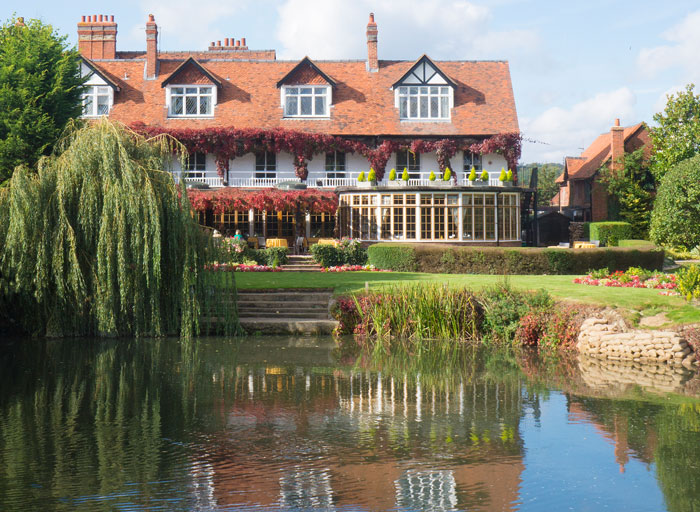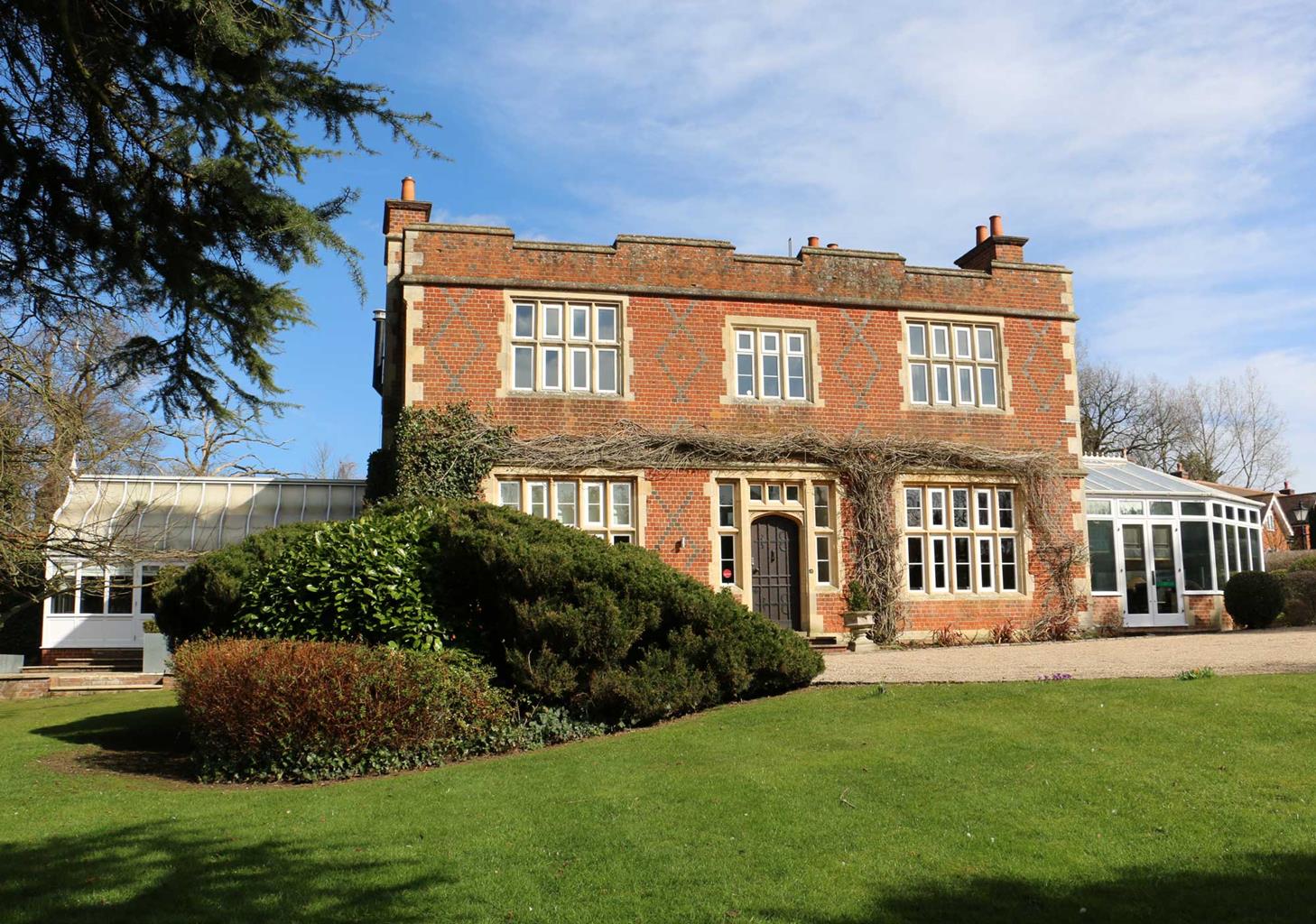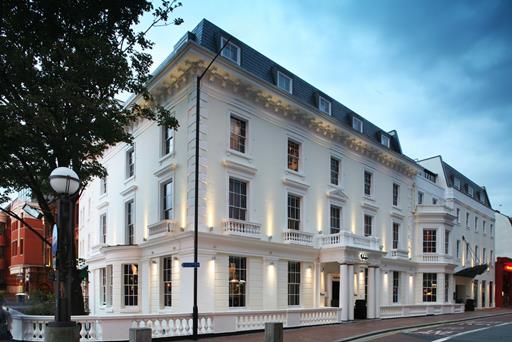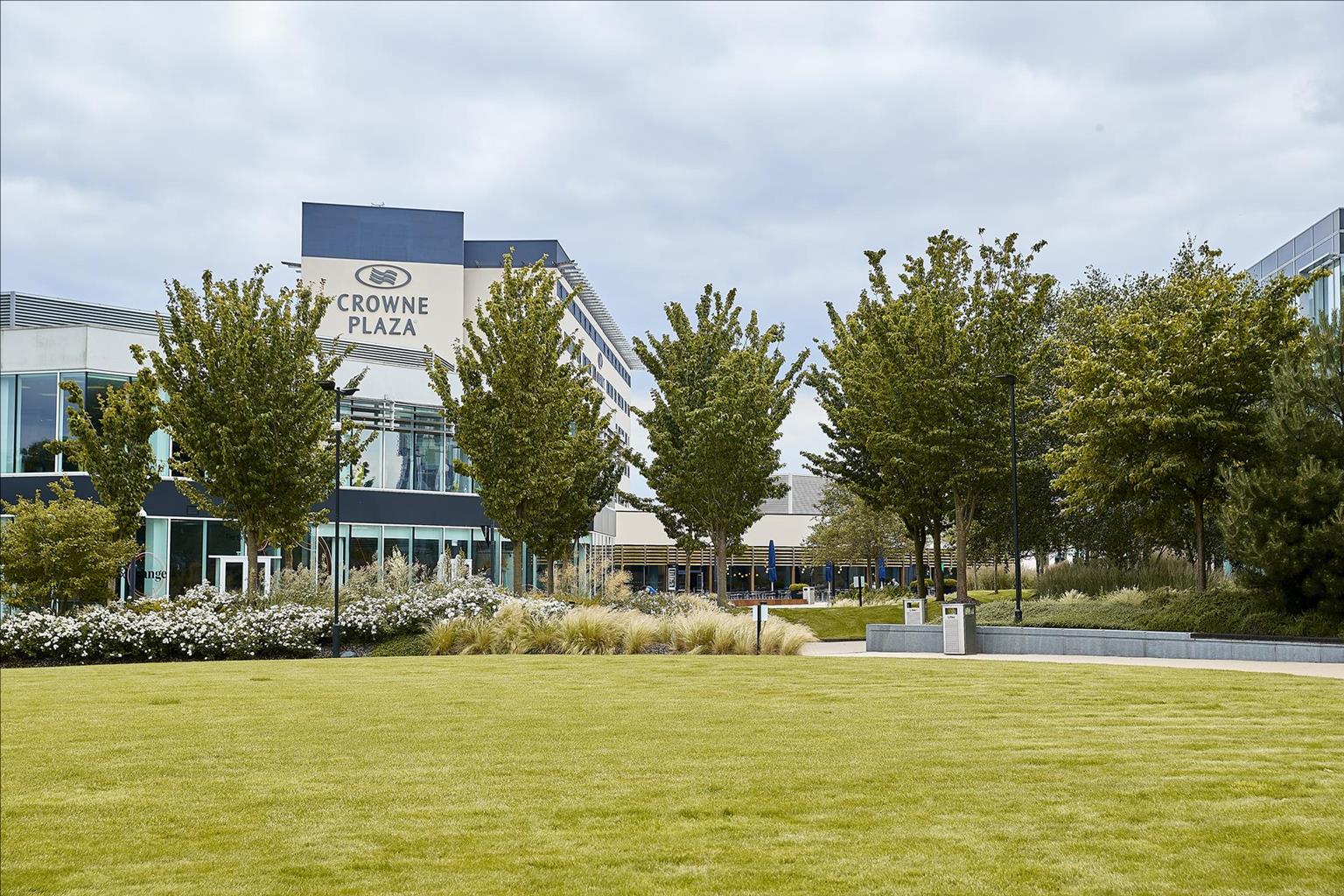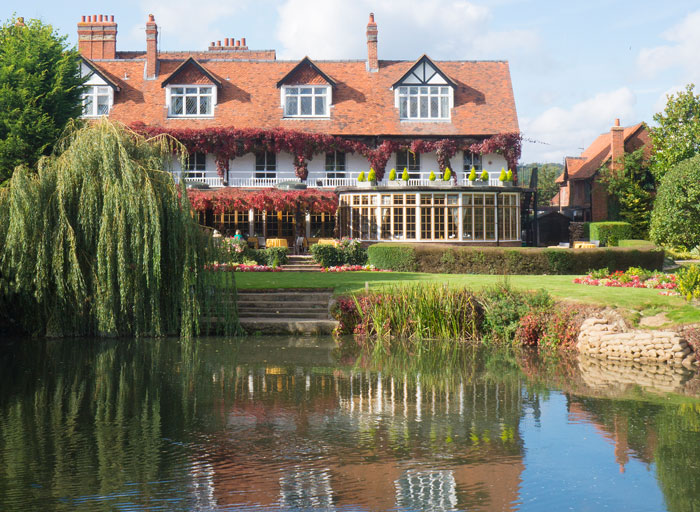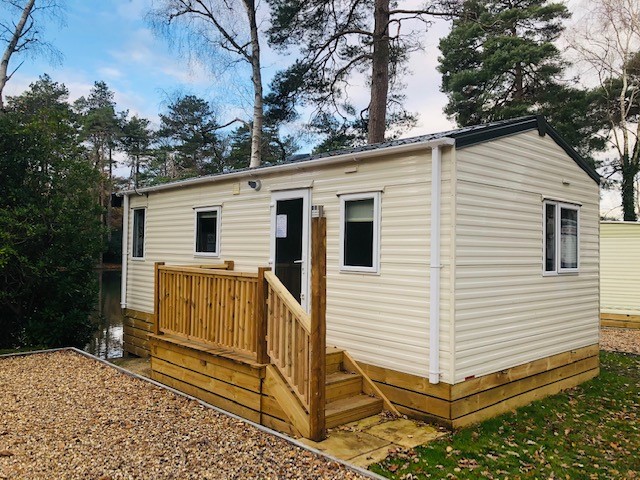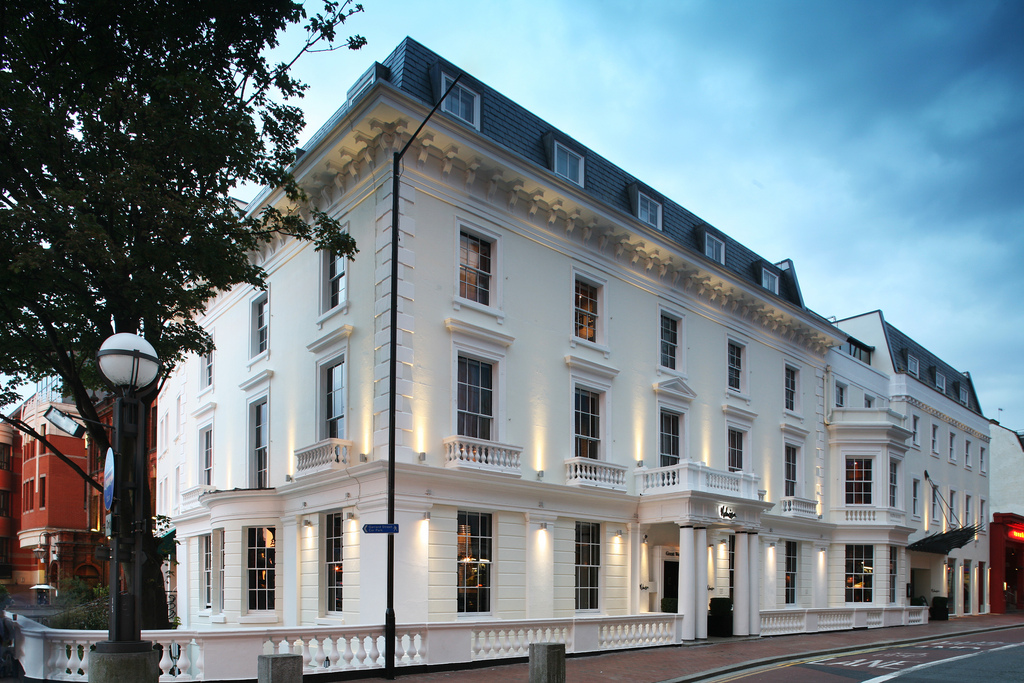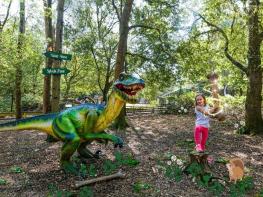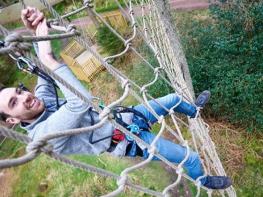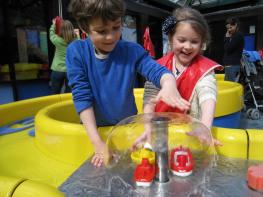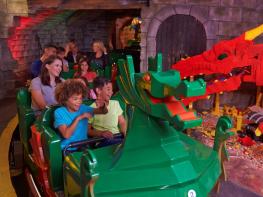Situated in the Winnersh Triangle within close proximity of the M4, Reading, Bracknell and…
Dinton Pastures Country Park

3 miles (4.8kms)
About the walk
Dinton Pastures Country Park describes itself as a mosaic of rivers, meadows, lakes and woodland. The lakes are old gravel workings that were flooded to form the focal point of this attractive recreational area. Paths and self-guided trails enable visitors to explore this tranquil world of water and wildlife at will.
The early days
The park's river meadows were once farmed by Anglo-Saxons who called the area Whistley – wisc meaning 'marshy meadow' and lei, a 'wooded glade' or clearing. The River Loddon was used as part of the same process, farmed for its supply of eels, which were caught in willow traps for the monks of Abingdon Abbey. Traps were still in regular use as late as the 1930s.
By the beginning of the 17th century much of the area formed part of Windsor Forest, where the monarch and his courtiers hunted for pleasure. It was the courtiers who built some of the region's grandest houses, including High Chimneys, to be close to Windsor Castle, the royal powerhouse just 15 miles (24km) east. High Chimneys' farmhouse dates back to 1904. During the mid-1920s it was occupied by a farmer who named the farm after his home village of Dinton, near Aylesbury.
Dinton Pastures forms part of the Loddon's flood plain and is a rich source of gravel, which has been extracted here for more than 100 years. There was an extensive extraction programme here during the late 1960s and through the 1970s. Much of the material was used to construct the M4 and the A329(M), connecting Reading and Wokingham.
Recreational area
Comprising about 230 acres (93ha) and opened in 1979, Dinton Pastures attracts lots of visitors who come here to walk, fish, picnic and indulge in birding – it's a welcome green space on Reading's doorstep. The largest of the lakes here is Black Swan. The Emm Brook once flowed where the lake is now situated. It was later diverted, and the oaks which you can see on the island in the lake once stood on the banks of the old stream.
All the lakes draw a variety of wetland birds such as swans, geese, coots and moorhens. The park's rarest birds are bitterns – fewer than 20 pairs breed in Britain annually. Several species fly here in winter, and in spring migrants such as nightingales also make the journey from Africa to nest at Dinton Pastures. The park offers all sorts of surprises – you may spot a weasel or a stoat, catch sight of a mink in the Loddon, or identify one of 18 species of dragonfly in the lakes and rivers.
Walk directions
With the Dragonfly Café on the right and High Chimneys behind you, cross the car park to the site map. Follow the wide path and keep right at the fork by the 'wildlife trails' sign. Pass an enclosed play area on the left, keep the Emm Brook on the right, and enjoy the tantalising glimpses of Black Swan Lake up ahead.
Swing left on reaching the water and follow the path beside the lake. When it veers right, turn left across a bridge to a sign for Tufty's Corner. Bear right here and keep left at the fork after a few paces. Follow the path beside White Swan Lake to a waymark post by a patch of grass and a flight of steps. Avoid the steps, but take the left-hand path and follow it to the lake known as Tufty's Corner. On reaching a junction by a bridge, turn right and keep the River Loddon on your left.
Walk along to the next bridge. Don't cross it; instead continue on the riverside path. White Swan Lake lies over to the right, glimpsed at intervals between the trees. Further on, the path curves to the right, in line with the river, before reaching a sign 'Private fishing – members only'. Join a track on the right here and bear left. Pass alongside Herons Water to a sign 'Sandford Lake Conservation Area' and Black Swan Lake. Turn left and keep Sandford Lake on the right. When the path curves right, go out to the road via a kissing gate.
To visit the Berkshire Museum of Aviation, bear left and pass Sandford Mill. Take the road signposted 'No Through Road' on the left, pass several cottages and continue ahead when the road dwindles to a path. The museum is on the left. Retrace your steps to Sandford Mill and keep walking ahead to a footpath and kissing gate on the left. Through this, keep left at the first fork, then right at the second and head for the Teal Hide overlooking the wader scrapes. See if you can spot wading birds from here; look out for green sandpiper and redshank, ducks, swans, kingfishers and the occasional bittern. Return to the road, cross over and return to the lakeside path.
Continue with Sandford Lake on your right. On reaching a sign 'Sandford Lake – wildlife area – dogs under control', veer left over a bridge and turn left. Black Swan Sailing Club can be seen on the left. Continue on the broad path and look out across the lake to Goat Island, noted for its population of goats. On reaching the picnic area overlooking Black Swan Lake, turn left and retrace your steps back to the main car park.
Additional information
Lakeside and riverside paths, some road walking
Extensive lakeland
Dogs under control and on lead where requested
OS Explorer 159 Reading, Wokingham & Pangbourne
Large car park at Dinton Pastures
Dinton Pastures
WALKING IN SAFETY
Read our tips to look after yourself and the environment when following this walk.
Find out more
Also in the area
About the area
Discover Berkshire
Berkshire essentially consists of two distinct parts. The western half is predominantly rural, with the Lambourn Downs spilling down to the River Lambourn and the Berkshire Downs to the majestic Thames. The eastern half of Berkshire may be more urban but here, too, there is the opportunity to get out and savour open spaces. Windsor Great Park and Maidenhead Thicket are prime examples. Threading their way through the county are two of the South’s prettiest rivers – the Lambourn and the Pang. Beyond the tranquil tow paths of the Kennet and Avon Canal, Greenham Common’s famous airbase has been transformed to delight walkers of all ages.
Reading and Newbury are the county’s major towns, and the River Kennet flows through them both. Reading is a vibrant, multicultural centre with great shopping and plenty of history. Oscar Wilde was incarcerated in Reading prison in the late 19th century, and wrote The Ballad of Reading Gaol about his experience. Newbury is probably best known for its race course, which opened in 1905, although the first recorded racing at Newbury was a century before that. Famous people born in the county include Catherine, Duchess of Cambridge, Kate Winlset and Ricky Gervais.
Nearby stays
Restaurants and Pubs
Nearby experiences
Recommended things to do
Why choose Rated Trips?
Your trusted guide to rated places across the UK
The best coverage
Discover more than 15,000 professionally rated places to stay, eat and visit from across the UK and Ireland.
Quality assured
Choose a place to stay safe in the knowledge that it has been expertly assessed by trained assessors.
Plan your next trip
Search by location or the type of place you're visiting to find your next ideal holiday experience.
Travel inspiration
Read our articles, city guides and recommended things to do for inspiration. We're here to help you explore the UK.


